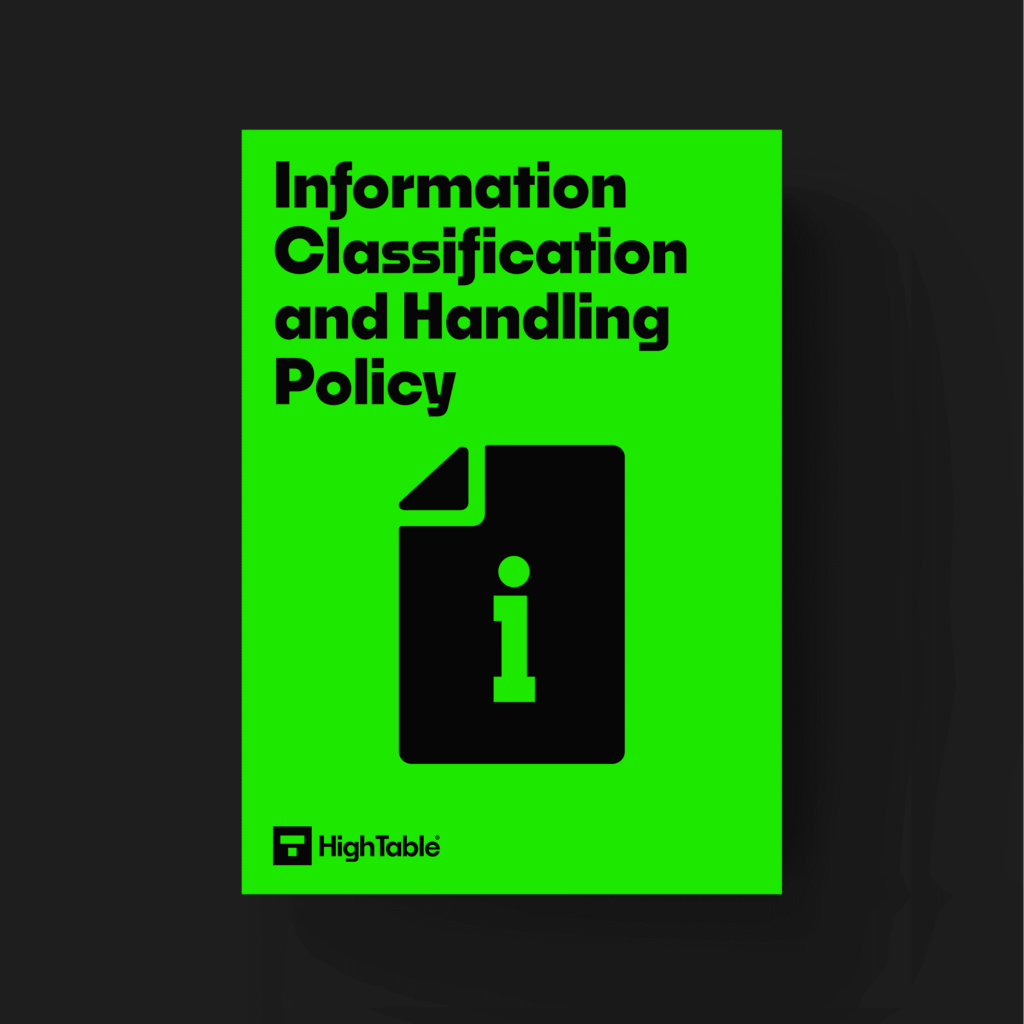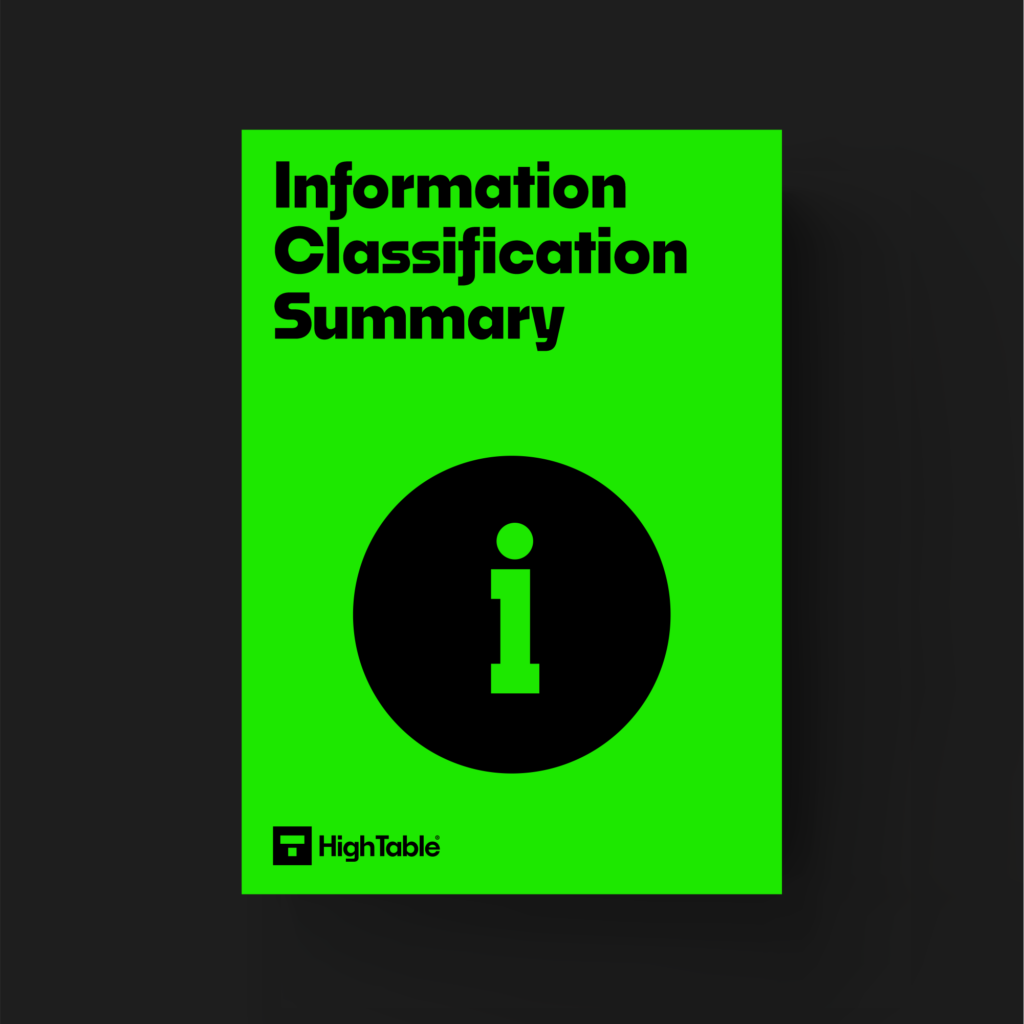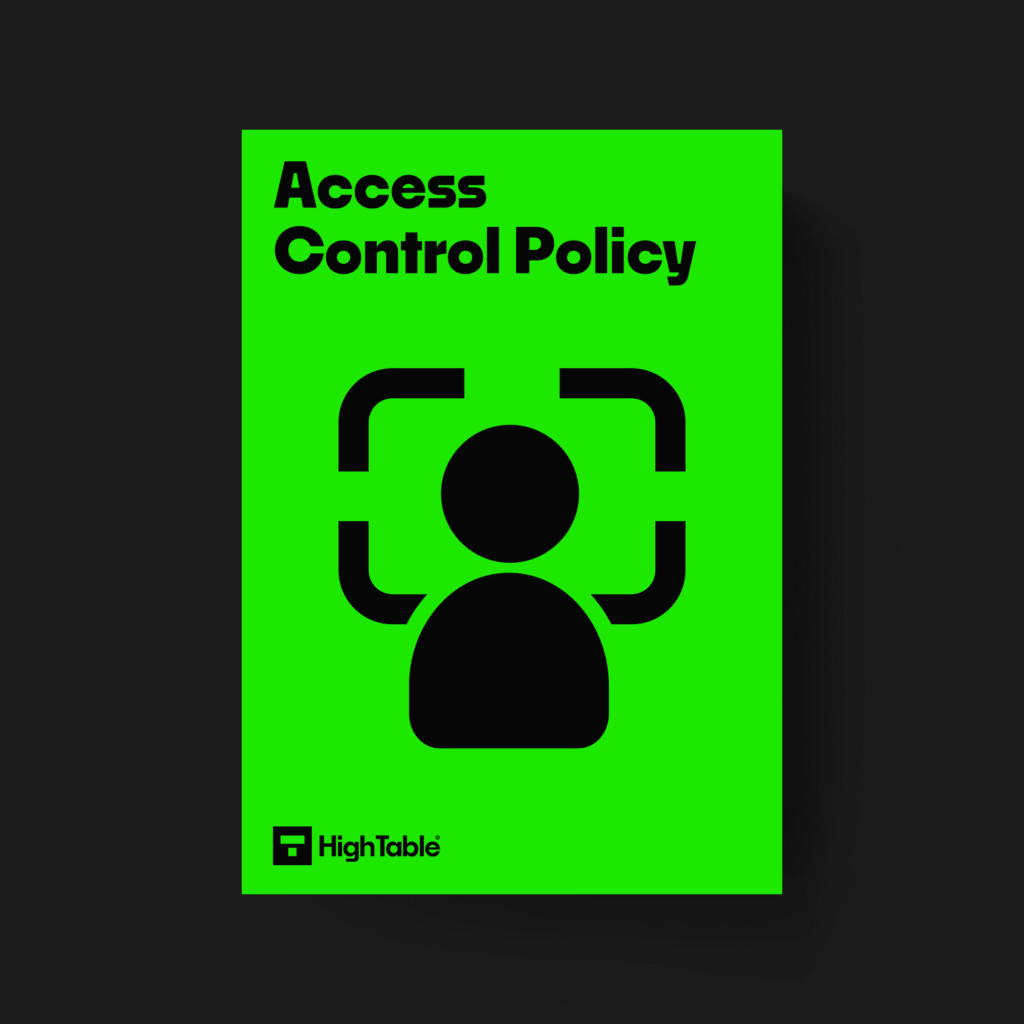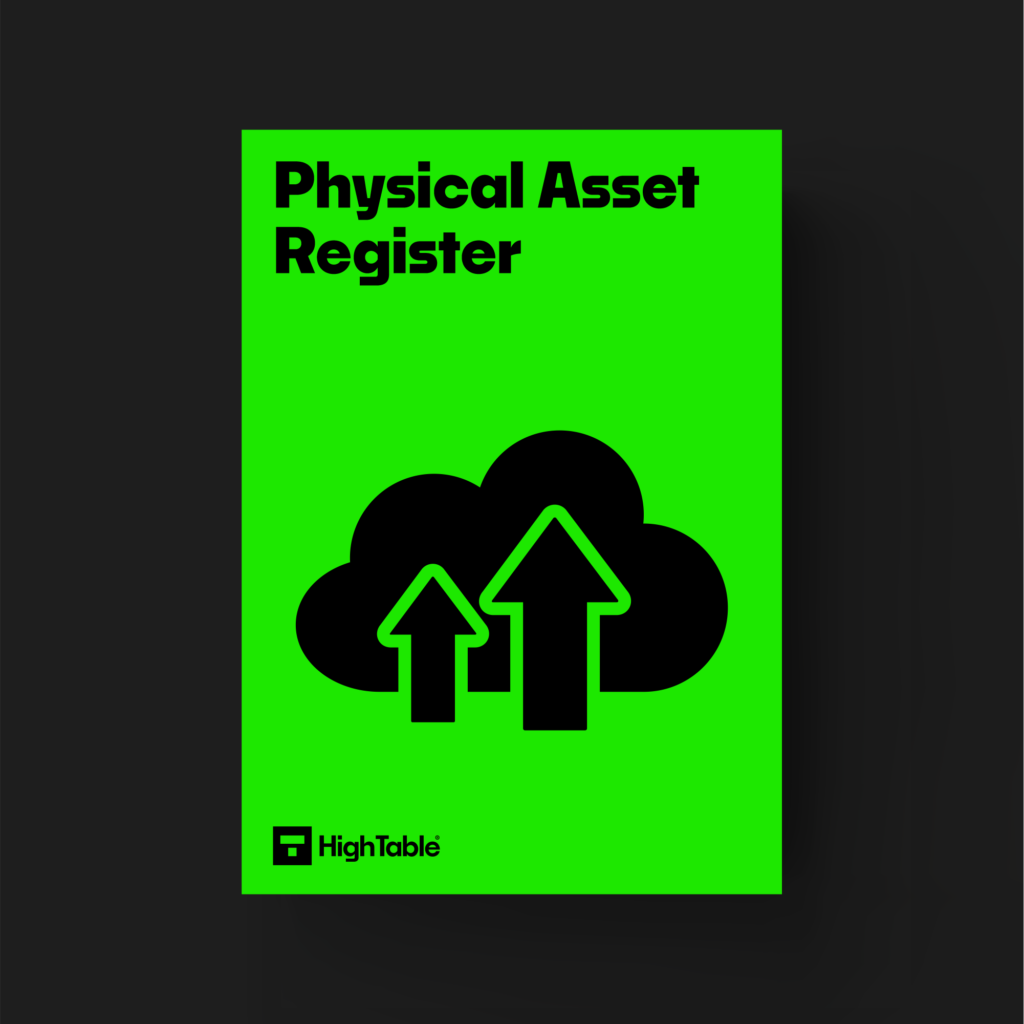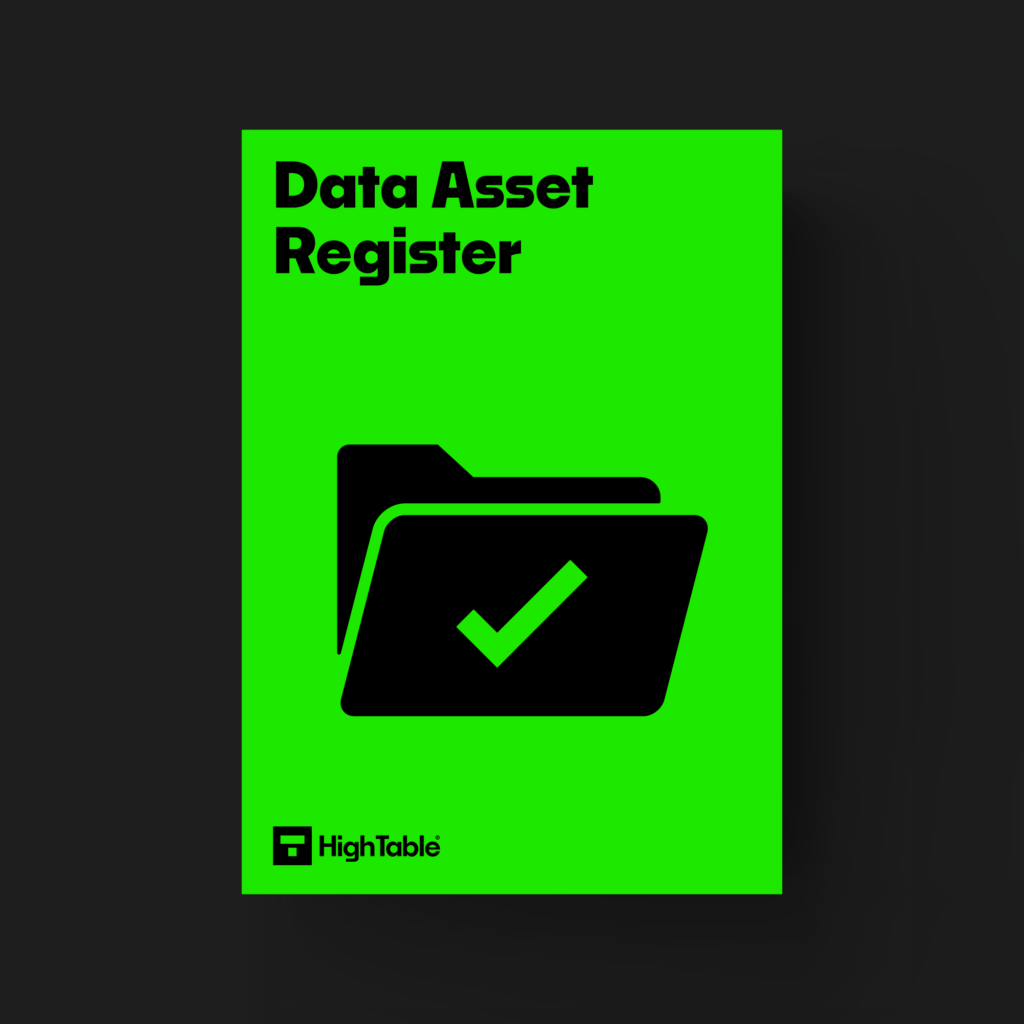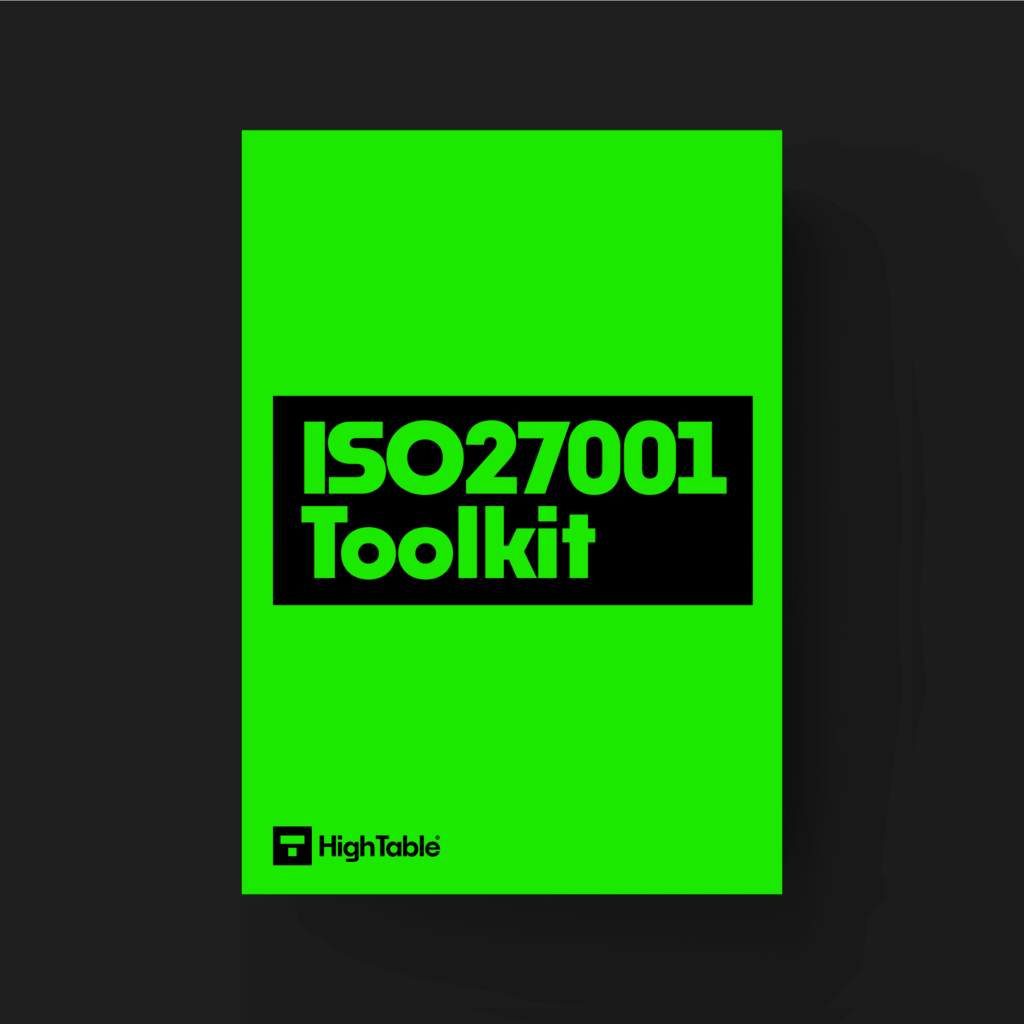ISO 27001 Access Rights
In this ultimate guide to ISO 27001 Annex A 5.18 Access Rights you will learn
- What is ISO 27001 Annex A 5.18
- How to implement ISO 27001 Annex A 5.18
I am Stuart Barker, the ISO 27001 Ninja and author of the Ultimate ISO 27001 Toolkit.
With over 30 years industry experience I will show you what’s new, give you ISO 27001 templates, show you examples, do a walkthrough and show you how to implement it for ISO 27001 certification.
Table of contents
What is ISO 27001 Annex A 5.18?
ISO 27001 Annex A 5.18 Access Rights is an ISO 27001 Annex A control that requires an organisation to mange the full life cycle of access rights based on the topic specific policy and rules of access control.
Purpose
The purpose of ISO 27001 Annex A 5.18 is a preventive control that ensures access to information and other associated assets is defined and authorised according to the business requirements.
Definition
The ISO 27001 standard defines ISO 27001 Annex A 5.18 as:
Access rights to information and other associated assets should be provisioned, reviewed, modified and removed in accordance with the organisation’s topic-specific policy on and rules for access control.
ISO 27001:2022 Annex A 5.18 Access Rights
Implementation Guide
Managing access rights is a straightforward process and easy to get right. Consider the following in your process.
- You want to get the authorisation from the asset owner
- Access will be granted based on policy and business requirements
- We separate out the person making the request for access from the person granting access. This is called segregation of duty.
- Access rights are provided for as long as needed and removed when no longer required.
- Access rights are removed when a person leaves the organisation.
- Suppliers and third parties that require access are provided the temporary access they need for the time they need it before it is removed.
- Access is provided after it has been authorised and not before. We do not grant access then go back and complete the process for audit purposes.
- Records of who have access to what are maintained and managed.
- Reviews of access are carried out regularly and more frequently for privileged accounts. We keep records of access reviews.
General considerations
Role based access is a great mechanism for managing access and should be considered.
Cloning accounts should be avoided. It is easy when creating new accounts to clone accounts. It is not that should not do it but if you do do it take great care with it. We have seen this go badly wrong and all users end up with super user access.
ISO 27001 Templates
There are several ISO 27001 templates that can help with control 5.18 as well as the main ISO 27001 Toolkit that will fast track your do it yourself ISO 27001 certification.
DO IT YOURSELF ISO 27001
All the templates, tools, support and knowledge you need to do it yourself.
How to comply
To comply with ISO 27001 Annex A 5.18 you are going to implement the ‘how’ to the ‘what’ the control is expecting. In short measure you are going to
- Implement a process for creating, updating and removing access rights
How to pass an audit
To pass an audit of ISO 27001 Annex A 5.18 you are going to make sure that you have followed the steps above in how to comply.
What will an audit check?
The audit is going to check a number of areas. Lets go through the most common
1. That you have not done something stupid
The auditor is going to check the rules, procedures and access control methodology and make sure you followed them. As with everything having documented evidence of anything you can is going to be your friend. So practical things like asset registers, access control procedures that you can evidence are in operation, reviews of access. Work through recent hires for example and ensure the processes were followed and look for the gotchas. Is there an approval audit trail. When you log into the system that was approved does the users access match what was requested.
The easiest win for an auditor is get you to show them the admin accounts on what ever system you are using and then explain the accounts that are in the admin group. 9 out of 10 times there are admin accounts in here you forgot about, are for people that left or you are unsure yourself what the account is. Instant problem. Check now.
2. That you have rules, processes and you have followed them and have trained people
This is obvious but they are going to look that you have documented what you say you do, that you follow it and that you have trained people. The biggest gotcha here is having people with accounts that have left. In other words you didn’t have or follow a leaver process and so people’s access remain even though their contract has ended.
3. Documentation
They are going to look at audit trails and all your documentation and see that is classified and labelled. All the documents that you show them, as a minimum if they are confidential should be labelled as such. Is the document up to date. Has it been reviewed in the last 12 months. Does the version control match. Doing anything else would be a massive own goal.
Top 3 Mistakes People Make
The top 3 Mistakes People Make For ISO 27001 Annex A 5.18 are
1. People have left but they still have an account
Make sure that access to systems is up to date and that people or third parties that have left no longer have access or accounts.
2. Third parties have open access and account they do not need
Third parties should follow process and the process should be to grant access to them when the access required and remove it when it is not. It should not be open and continual access. Consider the example where you need a third party to fix something. You would grant access to allow the fix and then remove it. You would not have open ended access granted.
3. Your document and version control is wrong
Keeping your document version control up to date, making sure that version numbers match where used, having a review evidenced in the last 12 months, having documents that have no comments in are all good practices.
FAQ
For ISO 27001 Annex A 5.18 Access Rights you will need the ISO 27001 Access Control Policy
ISO 27001 Annex A 5.18 Access Rights is important because you are trying to protect things and a primary way to protect them is to restrict access. To grant access you need something to have the access. This is the identity / account. We then want to be able to say with certainty that actions performed by that identity / account were done by a specific individual.
There are templates for ISO 27001 Annex A 5.18 located in the ISO 27001 Toolkit.
ISO 27001 Annex A 5.18 Sample PDF in the ISO 27001 Toolkit.
Yes. Whilst the ISO 27001 Annex A clauses are for consideration to be included in your Statement of Applicability there is no reason we can think of that would allow you to exclude ISO 27001 Annex A 5.18 Access Rights is a fundamental part of your control framework and any management system. It is explicitly required for ISO 27001.
Yes. You can write the policies for ISO 27001 Annex A 5.18 yourself. You will need a copy of the standard and approximately 5 days of time to do it. It would be advantageous to have a background in information security management systems. There are a number of documents you will require as well as the policy for identity management. Alternatively you can download them in the ISO 27001 Toolkit.
ISO 27001 templates for ISO 27001 Annex A 5.18 are located in the ISO 27001 Toolkit.
ISO 27001 Annex A 5.18 is hard. The documentation required is extensive. We would recommend templates to fast track your implementation.
ISO 27001 Annex A 5.18 will take approximately 1 to 3 month to complete if you are starting from nothing and doing a full implementation. With the right risk management approach and an ISO 27001 Toolkit it should take you less than 1 day.
The cost of ISO 27001 Annex A 5.18 will depend how you go about it. If you do it yourself it will be free but will take you about 1 to 3 months so the cost is lost opportunity cost as you tie up resource doing something that can easily be downloaded and managed via risk management.
The principles on identity management is one user to one identity where possible. You should avoid multiple users using the same account.
ISO 27001 controls and attribute values
| Control type | Information security properties | Cybersecurity concepts | Operational capabilities | Security domains |
|---|---|---|---|---|
| Preventive | Confidentiality | Protect | Identity and access management | Protection |
| Integrity | ||||
| Availability |


